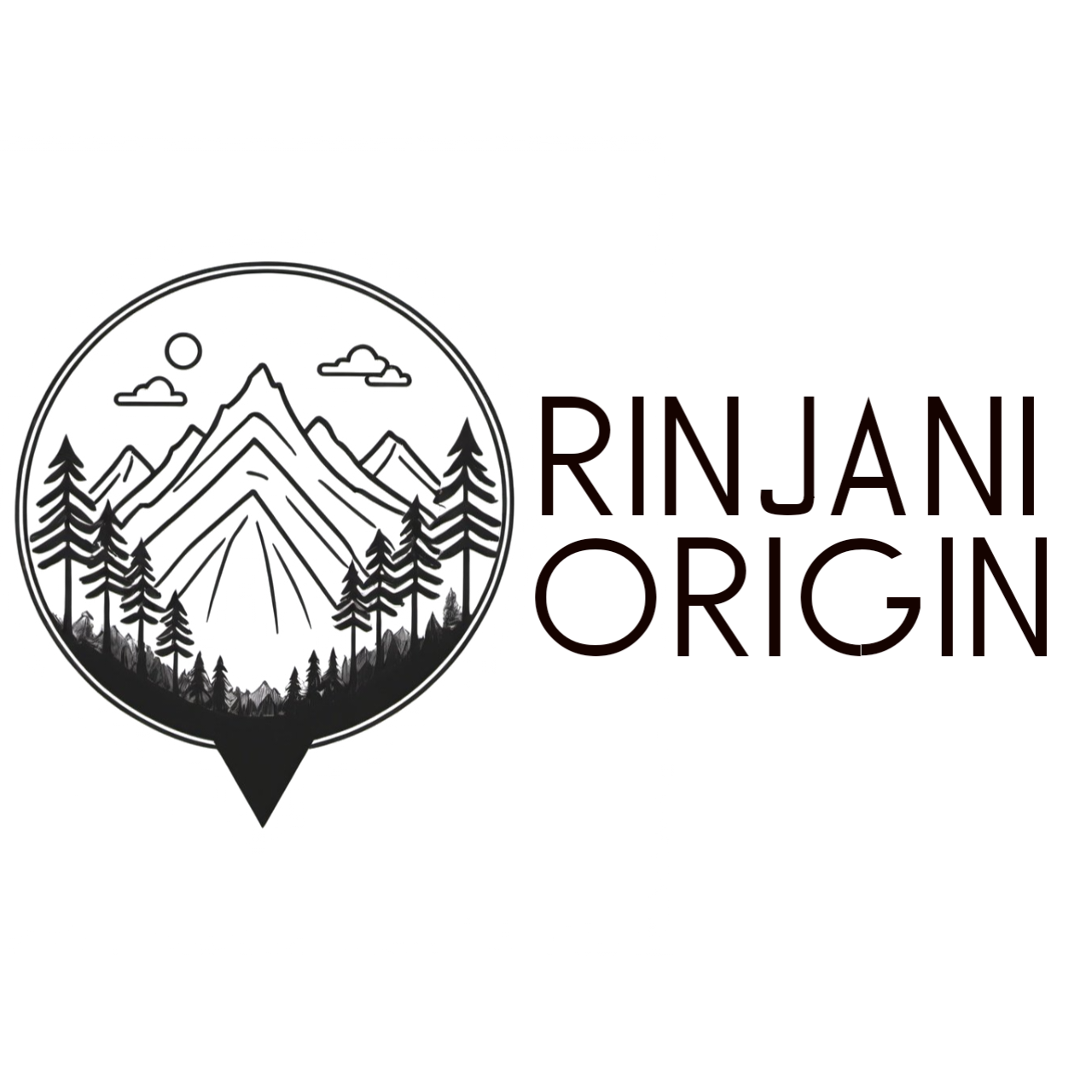Understanding Mount Rinjani: An Overview
Mount Rinjani, standing majestically on the island of Lombok in Indonesia, is one of the country’s most iconic volcanoes. With an elevation of 3,726 meters, it is the second-highest volcano in Indonesia and serves as a significant landmark in the region. The mountain’s dramatic landscape and towering presence make it an alluring destination for trekkers and adventure seekers from around the globe.
Geographically, Mount Rinjani is part of the Ring of Fire, a series of volcanoes and seismic activity sites surrounding the Pacific Ocean. It is situated within the Mount Rinjani National Park, which spans approximately 41,330 hectares and offers a rich tapestry of biodiversity. The park is home to diverse flora and fauna, including several endemic species. The mountain’s peak and crater lake, Segara Anak, are central attractions, providing breathtaking views and a sense of tranquility amidst the rugged terrain.
Mount Rinjani holds profound cultural significance for the local Sasak people and Balinese communities. It is considered a sacred site, with numerous myths and legends interwoven into its history. The annual Mulang Pakelem ceremony, a ritual involving offerings to the gods, underscores the mountain’s spiritual importance. This cultural richness adds another layer of depth to the trekking experience, allowing visitors to connect with the local heritage.
For those eager to trek Mount Rinjani, several routes are available, each offering unique vistas and challenges. The Sembalun and Senaru routes are the most popular, providing a mix of scenic beauty and physical demands. The Sembalun route is known for its savannah-like terrain and gradual ascent, while the Senaru route takes trekkers through dense tropical forests and steep inclines. Both paths converge at the crater rim, where panoramic views of Segara Anak and the surrounding landscapes await.
The mountain’s terrain varies significantly, ranging from lush forests at lower elevations to rocky outcrops and volcanic ash near the summit. Weather conditions can also be unpredictable, with temperatures dropping sharply at higher altitudes. It is crucial for trekkers to be well-prepared, equipped with appropriate gear, and informed about the current weather forecast to ensure a safe and enjoyable journey.
Choosing the Right Trekking Package: Tailored to Your Fitness and Flexibility
When planning a trek on Mount Rinjani, selecting the right trekking package is essential to ensure an enjoyable and safe adventure. Packages vary significantly, catering to different fitness levels and time constraints, and making an informed choice can greatly enhance your experience. Understanding your fitness level and the demands of each option is the first step in this process.
Short treks, typically lasting 1-2 days, are ideal for those with limited time or moderate fitness levels. These packages usually involve less strenuous hikes and offer a taste of Mount Rinjani’s beauty without the extensive physical demands. For those with a higher fitness level and a few extra days, moderate treks spanning 3-4 days provide a more immersive experience. These treks often include reaching the summit, but still allow for rest and acclimatization periods.
Extended treks, which can last up to a week, are best suited for seasoned hikers with excellent fitness and endurance. These packages cover more ground, delve deeper into the natural beauty of the landscape, and require a significant physical commitment. Regardless of the duration, each trek demands a certain level of preparation. Assessing your fitness level honestly is crucial; consider your stamina, strength, and overall health.
Training for the trek should begin several weeks in advance. Cardiovascular exercises such as running, cycling, or swimming can boost your endurance, while strength training will prepare your muscles for the climb. Flexibility exercises, like yoga, can also be beneficial. It is advisable to gradually increase the intensity of your workouts to match the physical demands of the trek.
Flexibility in your travel plans is another critical factor. Weather conditions on Mount Rinjani can be unpredictable, and schedules may need to be adjusted. Being prepared for potential delays or changes can prevent frustration and ensure a smoother experience. Always check weather forecasts and be ready to adapt your plans accordingly.
By carefully choosing a trekking package that aligns with your fitness level and maintaining flexibility in your plans, you can fully enjoy the breathtaking adventure that Mount Rinjani offers. This thoughtful approach ensures that the trek is both challenging and rewarding, providing memories that will last a lifetime.
